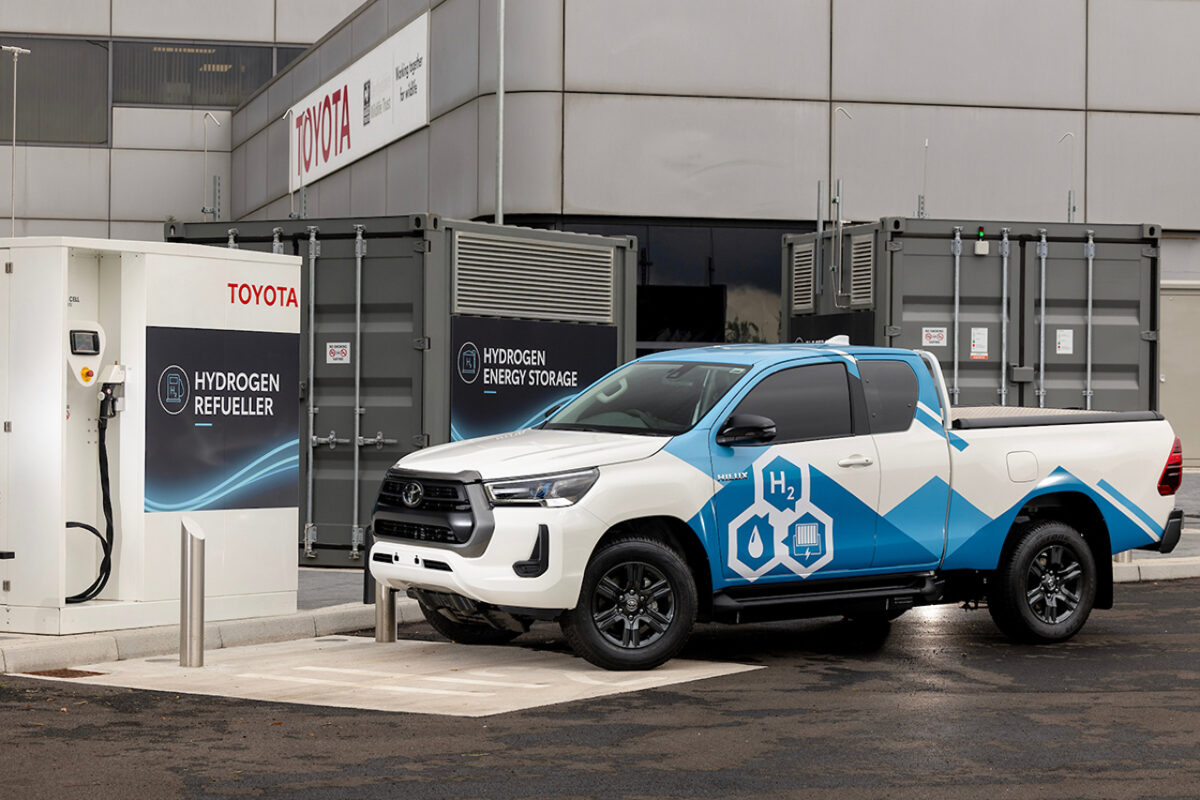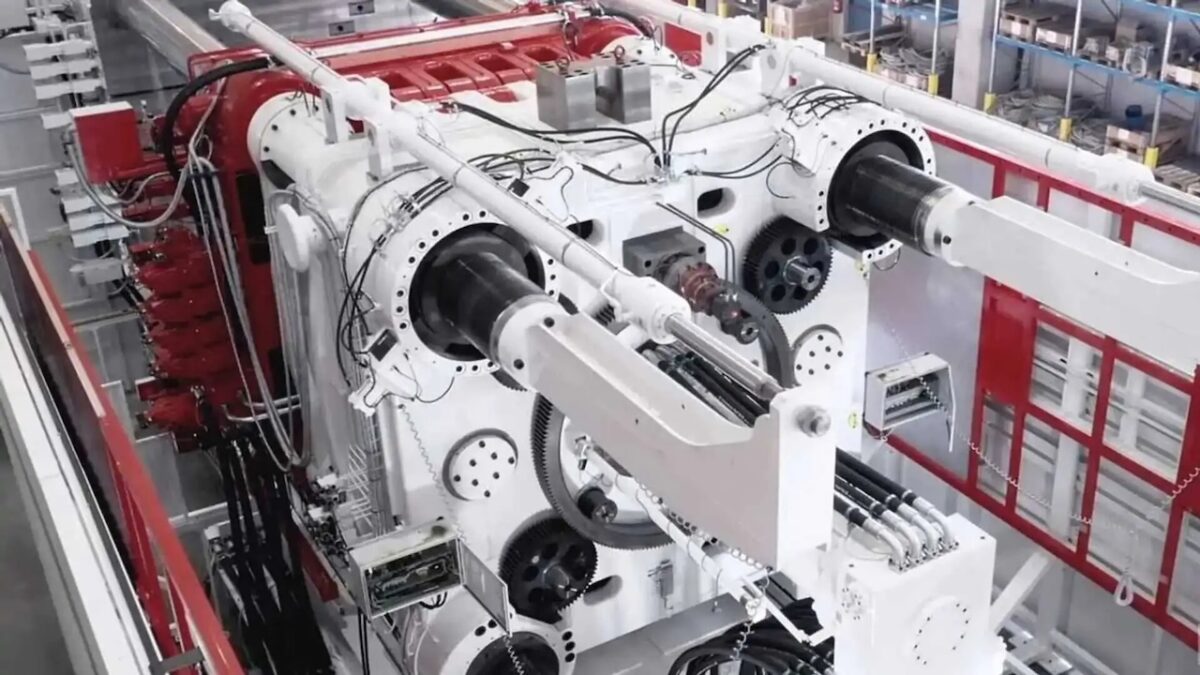Lithium-ion batteries—having reliably powered phones and laptops for years—are now the linchpin of electric vehicles (EVs). The surge in demand for EVs has led to a bottleneck in battery metals like nickel, lithium, and cobalt, essential components that are in short supply. In 2022, approximately 60% of lithium, 30% of cobalt and 10% of nickel demand was attributable to EV batteries, according to the IEA. Contrast this with 2017, when the figures stood at roughly 15%, 10%, and 2%, respectively.
The underlying supply chains weren’t designed for the unprecedented scale now required to power the energy transition. Measures such as the Inflation Reduction Act, which allocates billions in tax credits toward the EV industry, will also supercharge demand and scale. Long-term mining projects are underfoot, tasked with supplying these batteries’ future raw material input needs. Even if these projects successfully navigate the costly and time-consuming start-up hurdles to become operational, they will have to catch up with a market that’s moving at a breakneck pace. Operational mines, mostly slated to serve China until at least 2025, are already on backorder.

Automotive OEMs, influenced by a confluence of factors, are adopting varied sourcing strategies. A century ago, the auto sector invested directly in mines to build their internal combustion engine (ICE) vehicles—a necessity to alleviate supply chain constraints. Today, some are revisiting this vertical integration strategy by investing in mines, while others are turning their attention to recycling.
The stark reality surrounding recycling is that there won’t be a significant number of EV batteries available for recycling in the near term. It’s anticipated that the demand for this will peak seven to ten years following the current EV boom. Gigafactories, especially in their first few years, contribute to the challenge. Initial yields from these large-scale battery makers are typically less than 50% of total capacity and take years to get to 90% at best.
While this generates substantial scrap material that can be recycled, it is far from the volumes needed to fill the outsized demand for raw material inputs. So, instead of packing cars with increasingly larger batteries that extend range, we could create widespread charging infrastructure that encourages drivers to opt for more affordable cars with smaller batteries, thereby reducing raw material demand and enabling more EVs with less GHGs while recycling more often
That’s why it’s important that EV manufacturers consider the shift to LFP (lithium iron phosphate) batteries, which are safer and longer lasting than others on the market, with cell-to-pack designs that now compete with NMC on range and cost. There’s a common misconception that LFP batteries cannot be recycled but, in reality, the recycling process is in its infancy and will mature as the volume of end-of-life LFP batteries increases.Companies are now turning their attention to LFP and its benefits, most recently Reuters reported that Tesla used LFPs in some models of its mainstay Model 3 vehicles.
While today’s mining sector has shifted its focus towards sustainability and community engagement, its past leaves much to be desired, making it a challenging arena for EV-centric automakers to align their brand with. Yet, the EV transition isn’t viable without new mines and innovations in sustainable processes, especially in overlooked sectors like cathode manufacturing.
The underlying supply chains weren’t designed for the unprecedented scale now required to power the energy transition
Public discourse and investment are needed in these initial stages—be it in mining or recycling—to make the energy transition as clean as possible. To quote sector giants like Tesla, recycling will be akin to “future mines” for EV raw materials. However, the keyword here is “future.”
This stark reality highlights that EVs aren’t as green as they seem due to inherent inefficiencies of entrenched and dated methods of making lithium-ion batteries and their energy storing components. Sustainable cathode active material (CAM) manufacturing can potentially address these issues, but this calls for a sea change in current practices which are both unsustainable and inefficient.
So, as we cheer for the clean energy future that EVs promise, let’s not forget that it’s based on a lithium-ion backbone—one that currently isn’t as green as we’d like it to be and one that still needs innovation and efficiency improvements. While the industry scales to meet the net-zero challenge, it must do so quickly and thoughtfully to avoid environmental and supply chain pitfalls. After all, the energy transition isn’t just about cleaner transport—it’s also about cleaning up the very supply chain that makes it possible.
The opinions expressed here are those of the author and do not necessarily reflect the positions of Automotive World Ltd.
Dan Blondal is Founder and Chief Executive of Nano One
The AutomotiveWorld.com Comment column is open to automotive industry decision makers and influencers. If you would like to contribute a Comment article, please contact editorial@automotiveworld.com


